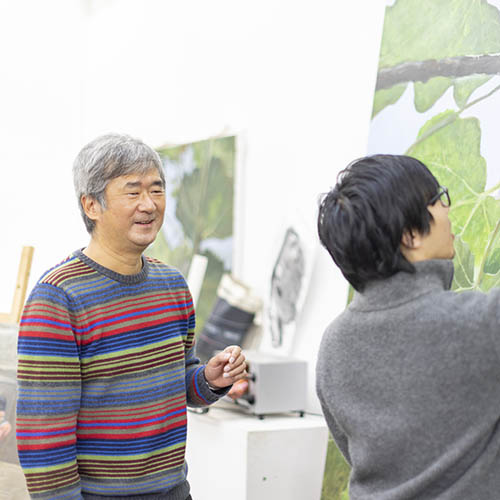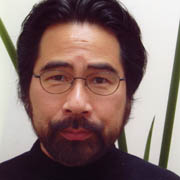
IKOMA Yasumitsu
- Specialization
- Oil Painting

[Studio Art / Year 2]
Students will try their hand at making painting tools and materials, including easels and the paints themselves. We believe that to paint is to see, and students practice their painting by observing people and landscapes closely to try and capture their essence. In the class, students think about what it means to paint and develop the ability to discern the true nature of things.
[Art Expression / Year 3]
Students form groups to learn about the history of art in the West and Japan and discuss contemporary social issues. They then make their own works with the self-awareness that they, too, are part of art history and contemporary society. Students gain a broader perspective as they continue to contemplate what needs to be painted today.
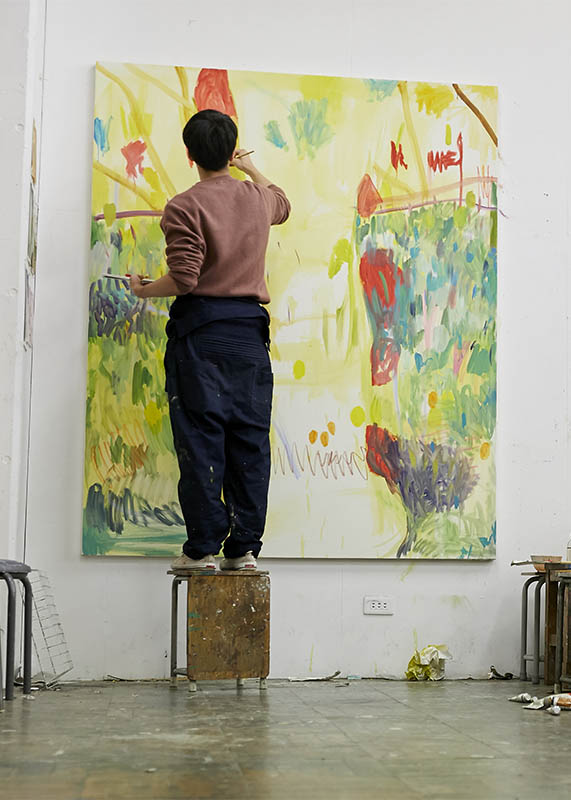
Students take common subjects at the Faculty of Art to improve their observational skills, critical thinking, imagination, and other skills needed to build a firm artistic and creative foundation. They also learn the basics across all seven courses and start to explore which fields they would like to pursue.
Students make art materials from wood and clay and learn how they are formed. While working on their oil painting assignments, students also study all kinds of painting and other forms of artistic expression, philosophy, and art history to gain a comprehensive understanding of art.
Students are divided into groups to study modern and contemporary artists, learn about the connection between expression and society, incorporate what they have learned into their own expression, and create a series of multiple works.
Students work on their graduation projects, making full use of the skills and expressive abilities they have developed over the past four years. They aim to complete a work that fully encapsulates their pursuit of originality and individual expression in their final university project.
Individual spaces are available in the studio. There is plenty of space to accommodate large-scale paintings.
PICK UP!

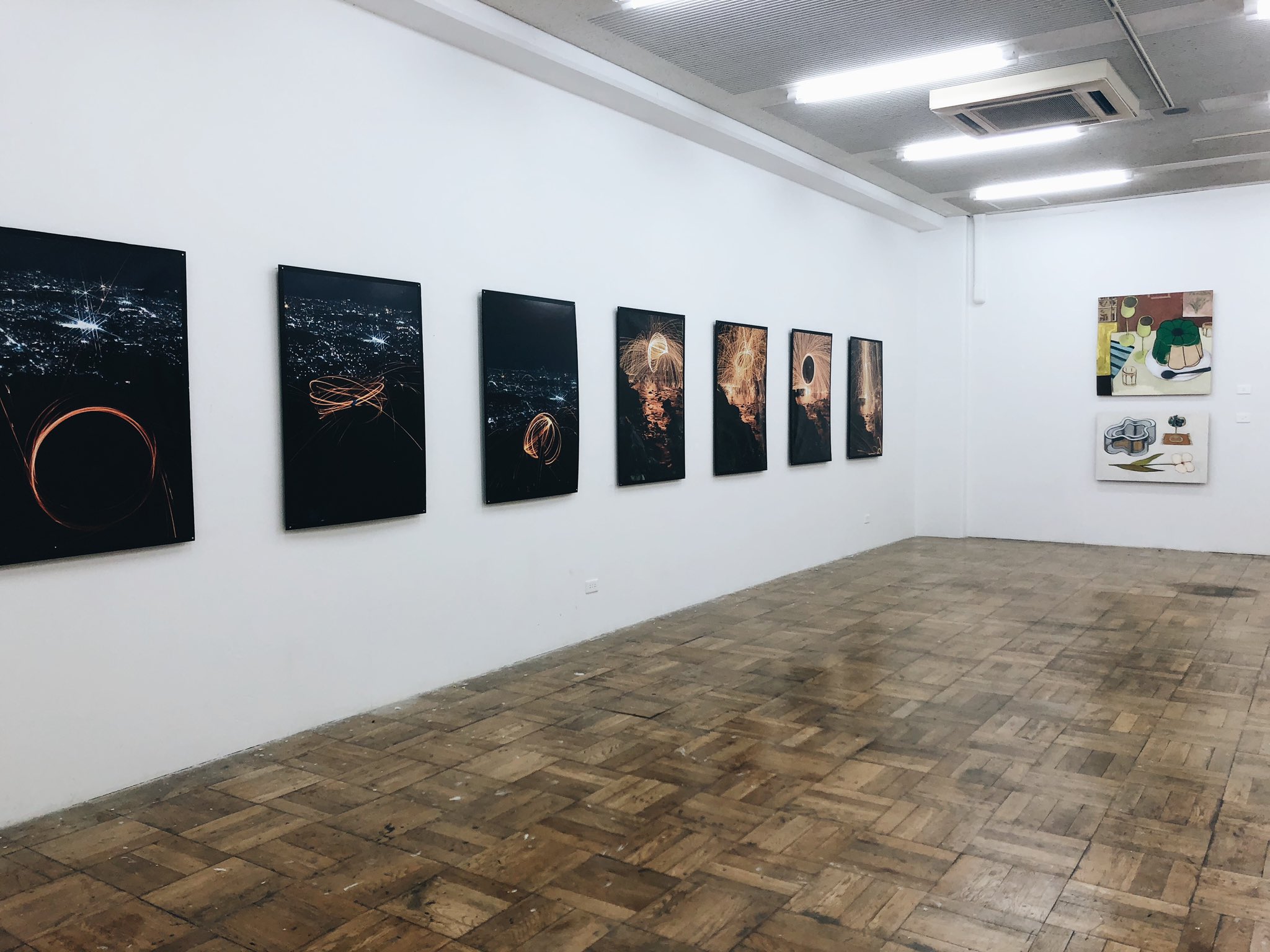
The student-run 7-23 Gallery always features a variety of exhibitions.
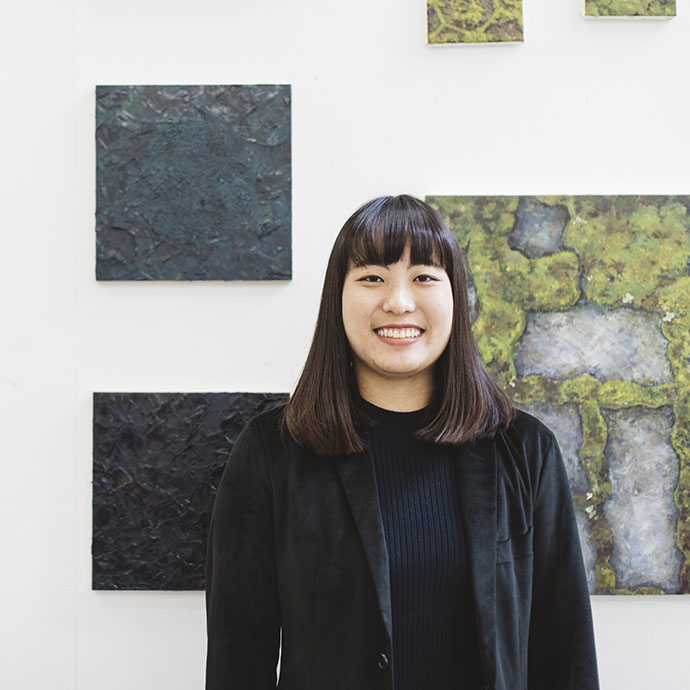
Before starting university, I was undecided about what I wanted to do, so I was attracted to the Faculty of Art at Kyoto Seika University, where I could postpone choosing my course until my second year. I took full advantage of my first year, experiencing Nihonga painting, printmaking, and other things I was interested in until I realized that I was best suited for the Course in Oil Painting. Recently I’ve been drawing moss as a motif, which suddenly catches my eye whenever I’m walking down the street. I think the most significant benefit of choosing this course was learning to observe and understand my subjects—to see things for what they really are. Now, I try to carefully observe each ordinary moment in the everyday landscape. Our studio isn’t divided into separate areas, so it feels pretty open, and I am often inspired by the works of my classmates who have entirely different styles. I’ve also tried my hand at abstract painting, something I was never good at in class. Since I mainly work with realistic expressions, I struggled with the assignment, but I managed to complete something that I am satisfied with. In my artist research class, we split into groups to research the artists assigned by our instructor, which taught us to deepen our understanding of diverse values, interpretations, and modes of expression. My next goal is to have a solo exhibition of my work, and I never want to stop growing or making progress with my work.

